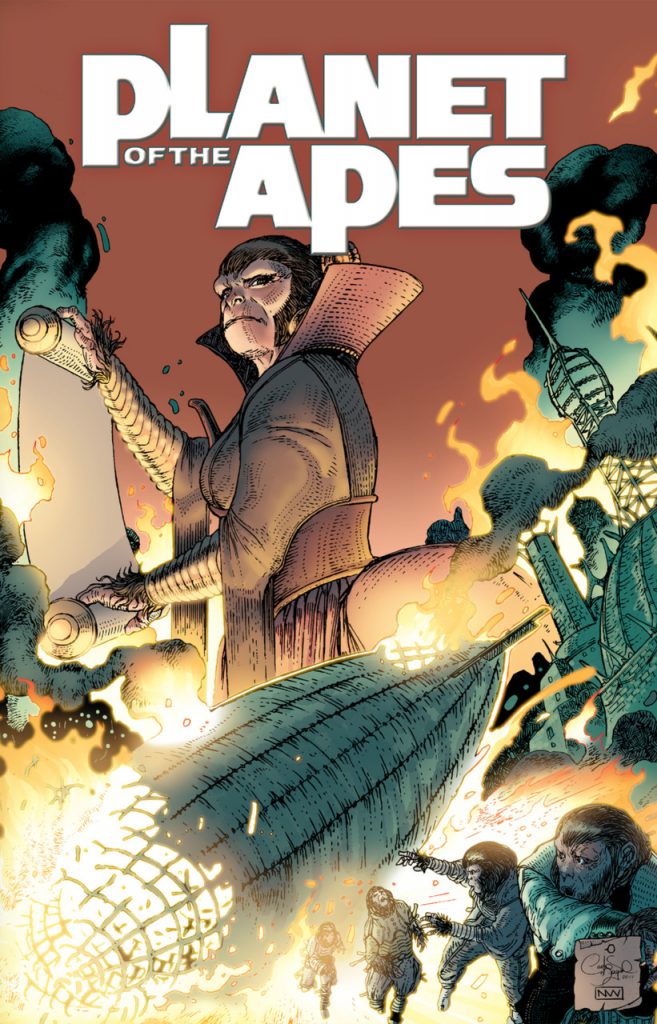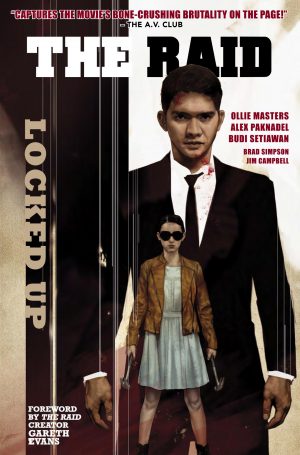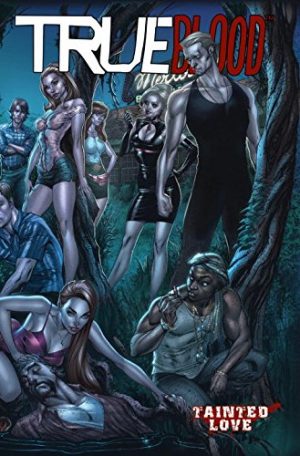Review by Ian Keogh
Although Daryl Gregory and Carlos Magno’s series is set well before any film continuity, there’s already a hierarchy with the apes treating humans as second class citizens, and resentments on both sides. The assassination of the Lawgiver has given his ambitious and manipulative grand-daughter the ammunition needed to demolish the human shanty town adjoining the city of Mak, and Children of Fire opens with humans being herded into labour camps and branded.
Unpleasant though that is, this remains thrilling. Setting the story so far in the past introduces uncertainty. In the present day of the apes world however much we root for any character, it’s almost certain that any victory will be minor, an escape perhaps the best to be hoped for, as the status quo will prevail, but that certainty isn’t present here. Yes, the apes have the upper hand, and their newly constructed tanks are a formidable resource, but who’s to say there isn’t a brief period where humans actually reverse the odds?
In The Devil’s Pawn we saw the cause of human resentments over an incident in the past, and here Gregory cleverly takes us further back, to the city of Red Creek where apes and humans lived harmoniously together until the arrival of fanatics. It’s grim, yet also understated in providing the explanation rather than hammering it home.
After two volumes we ought to be used to the craft and expanse of Magno’s art, and there’s no slip in quality here. However, the snowy conditions, although largely created by Magno, bring out the complementary art of initial colourist Darrin Moore, who picks out the people among the snow, adding small splodges of dark colours. It’s instructional to see the difference when Nolan Woodward colours a later chapter using a slightly darker palette that isn’t as effective.
An ensemble cast are followed, and Gregory switches the narrative between them, each explaining themselves via their thoughts and casting a different light on who’s a villain and who’s a hero. As in the real world, there’s rarely just black and white, and shades of grey are all. The final few pages are a brave leap into The Half Human. Gregory has surprised all the way through, and does so again in what’s been another compelling read.
If preferred, Gregory and Magno’s entire magnum opus is combined in Planet of the Apes Omnibus.





